Optimal Seasons for Foundation Repairs
Foundation repairs are most effectively performed during specific times of the year when weather conditions support proper curing and stabilization. The optimal seasons for foundation work typically include late spring through early fall, when soil moisture levels are moderate and temperatures are stable. These conditions help ensure that repairs are durable and minimize the risk of future movement or shifting.
Spring offers moderate temperatures and soil moisture, promoting proper curing of foundation repairs. It is a popular time for repairs due to favorable weather conditions.
Summer provides long daylight hours and stable weather, which can expedite repair projects. However, extreme heat and dry conditions may affect soil stability.
Fall allows repairs to be completed before winter, reducing the risk of freeze-thaw cycles impacting the foundation. Cooler temperatures help in proper setting of materials.
Winter is generally less ideal due to cold temperatures, frozen soil, and potential for snow or ice, which can delay or complicate foundation repairs.
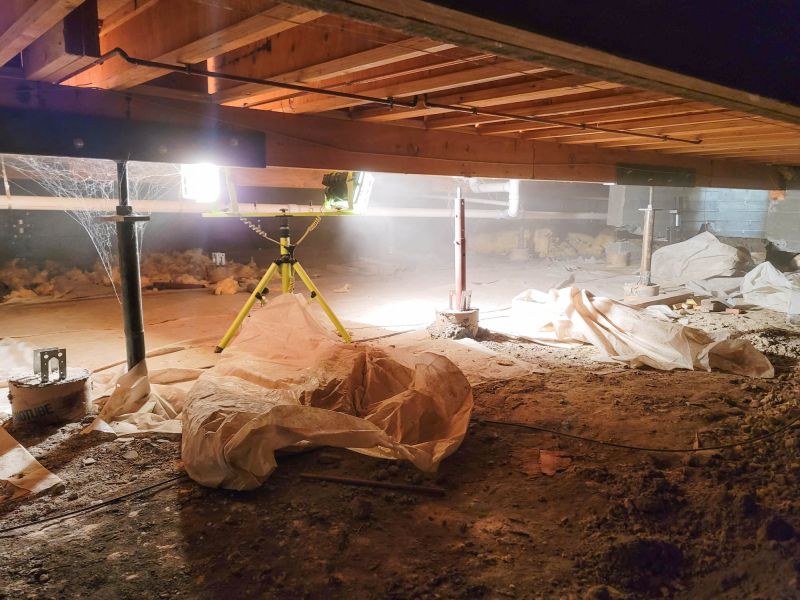
Ways to make Foundation Repairs work in tight or awkward layouts.
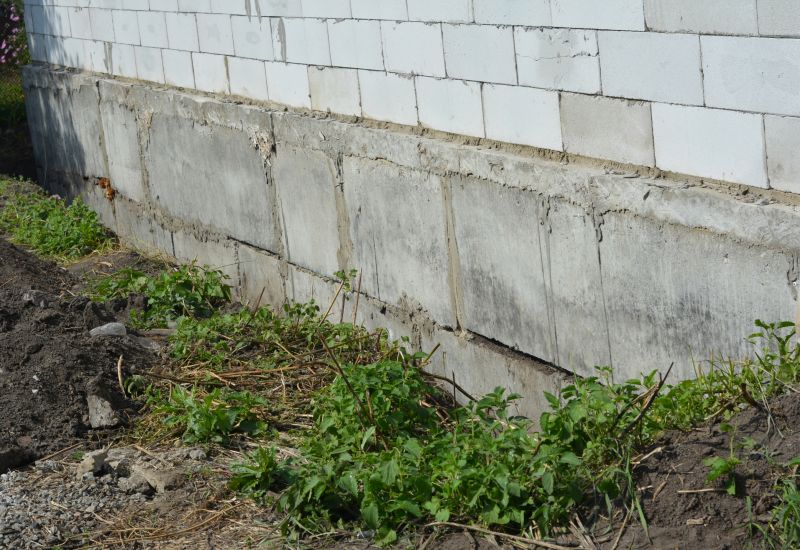
Popular materials for Foundation Repairs and why they hold up over time.
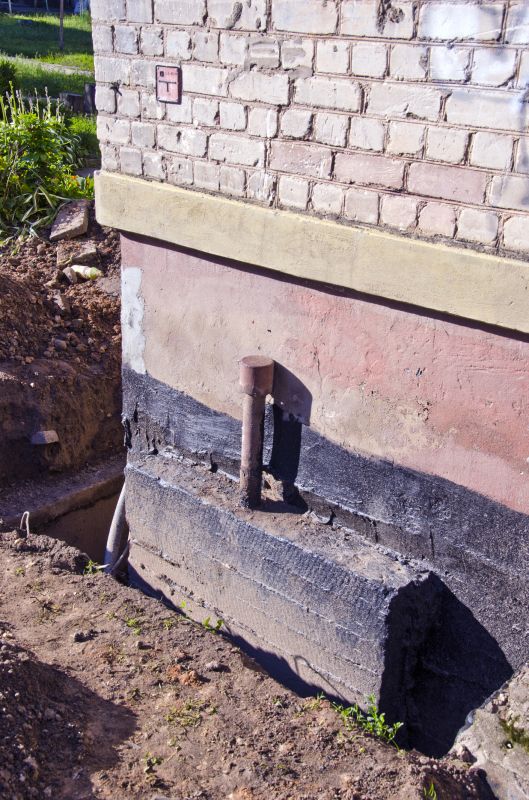
Simple add-ons that improve Foundation Repairs without blowing the budget.
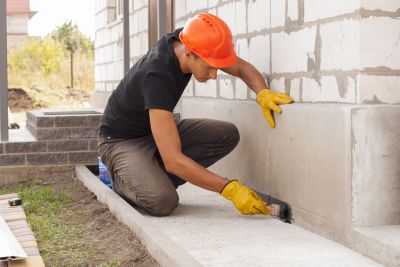
High-end options that actually feel worth it for Foundation Repairs.
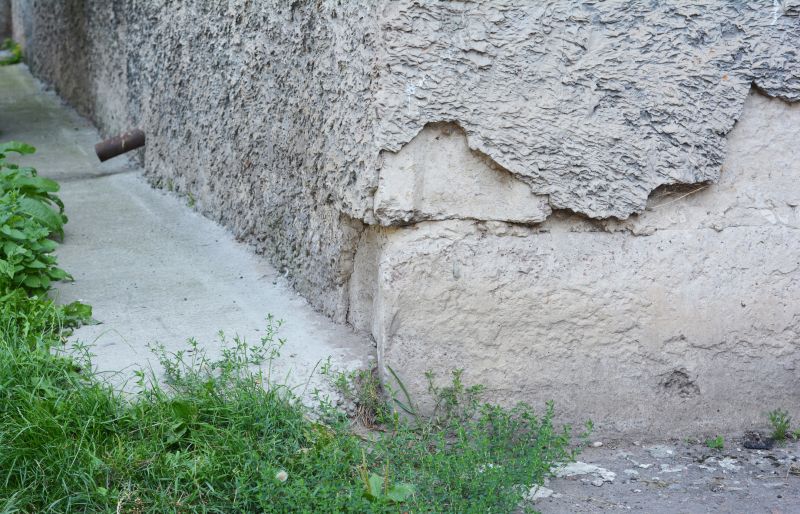
Finishes and colors that play nicely with Foundation Repairs.
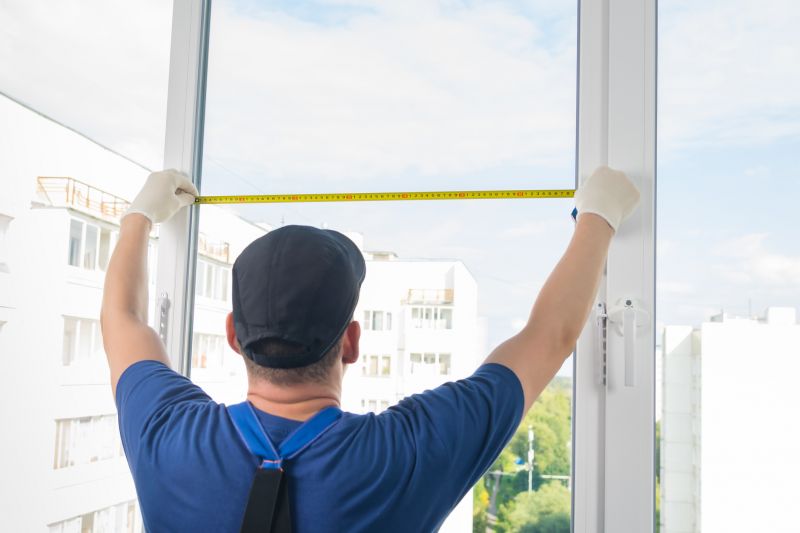
Little measurements that prevent headaches on Foundation Repairs day.
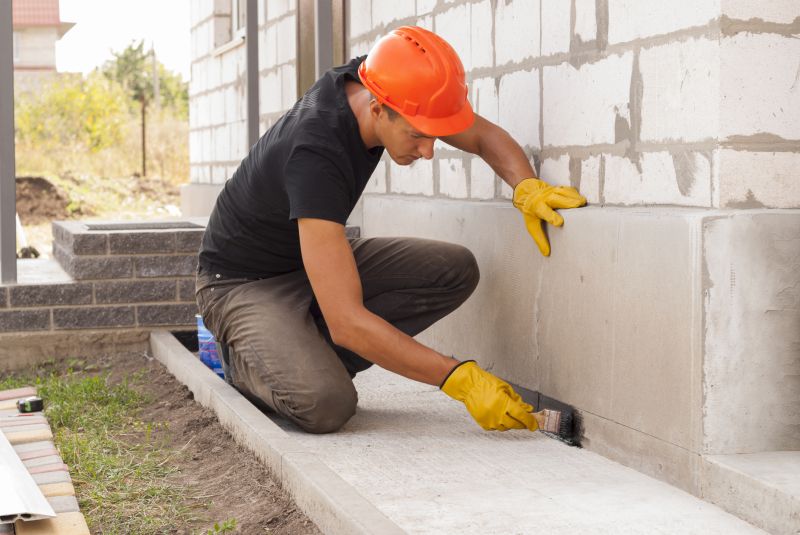
A 60-second routine that keeps Foundation Repairs looking new.
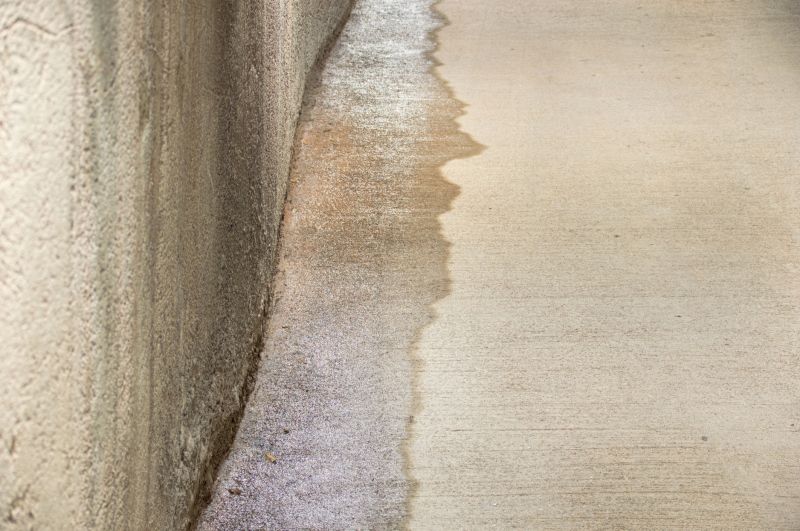
A frequent mistake in Foundation Repairs and how to dodge it.
| Season | Ideal Conditions |
|---|---|
| Spring | Moderate soil moisture and temperatures |
| Summer | Long daylight hours and stable weather |
| Fall | Cooler temperatures and before freeze-thaw cycles |
| Winter | Cold temperatures and frozen soil |
Foundation repairs are critical for maintaining the structural integrity of a building. They address issues such as settling, cracking, and shifting caused by soil movement, moisture changes, or poor initial construction. Proper timing ensures that repairs are effective and long-lasting, reducing the risk of future damage. Seasonal factors like soil moisture levels and temperature fluctuations play a significant role in the success of foundation work.
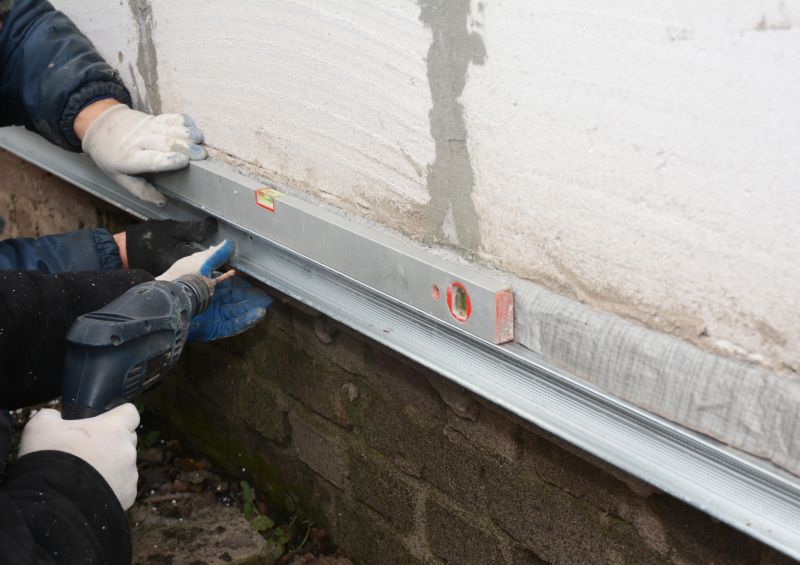
Small tweaks to make Foundation Repairs safer and easier to use.
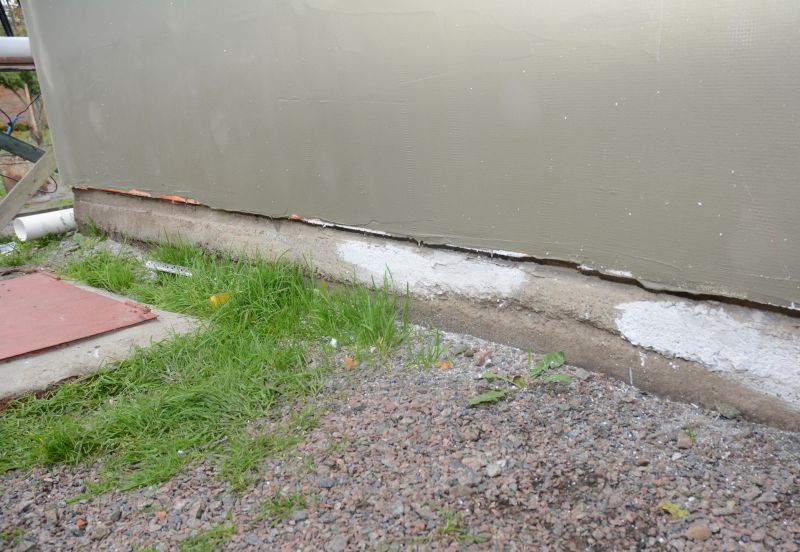
Lower-waste or water-saving choices for Foundation Repairs.
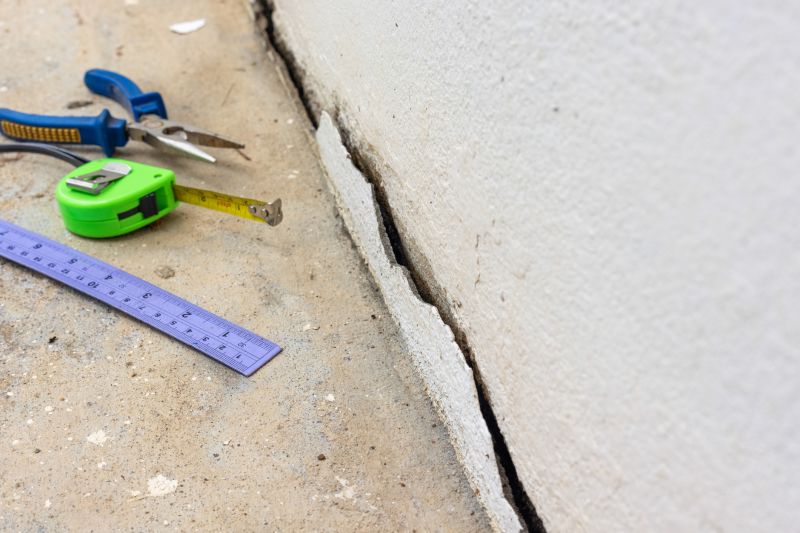
The short, realistic tool list for quality Foundation Repairs.
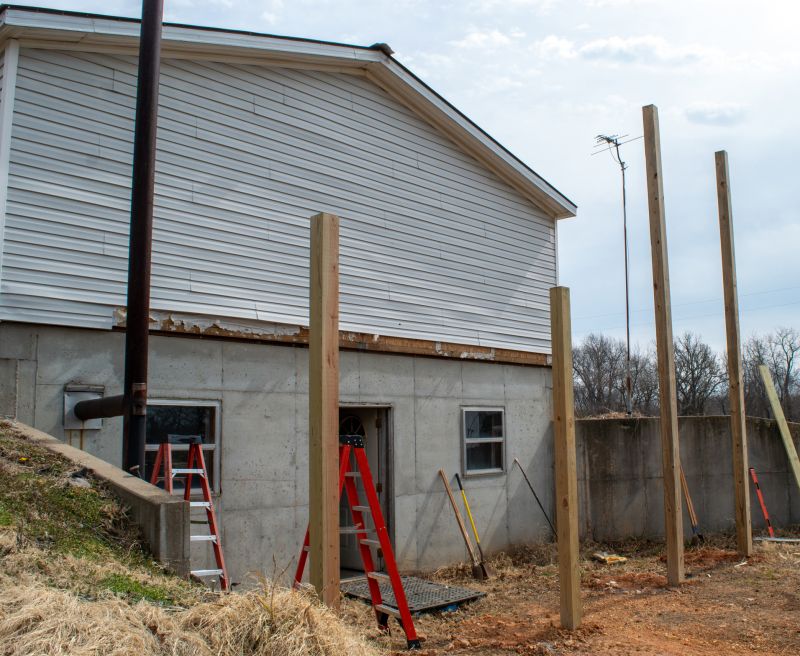
Rough timing from prep to clean-up for Foundation Repairs.
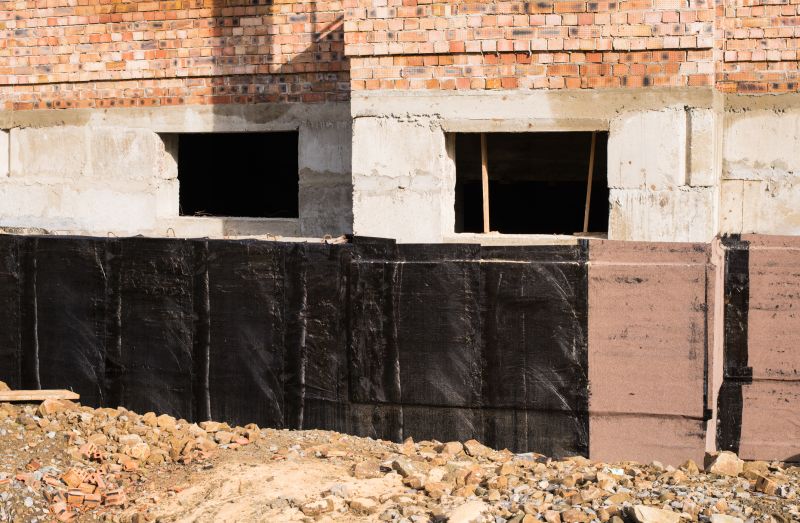
Quick checks and paperwork to keep after Foundation Repairs.
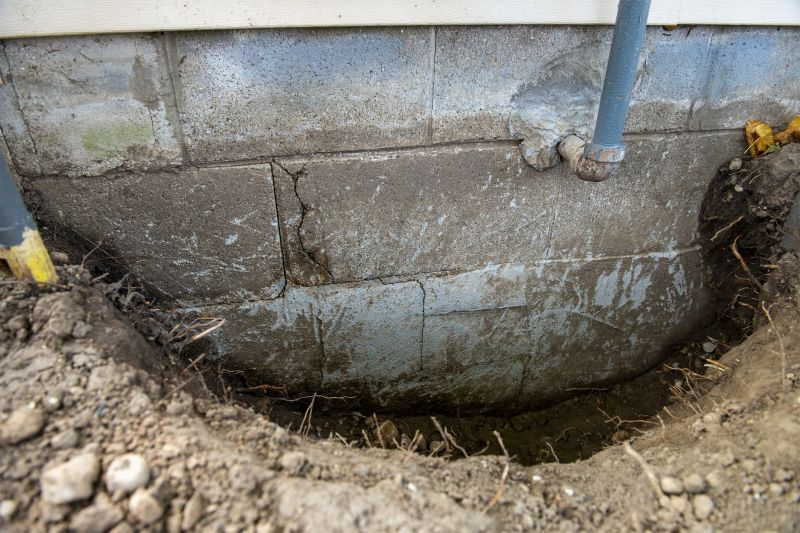
Examples that show the impact a good Foundation Repairs can make.
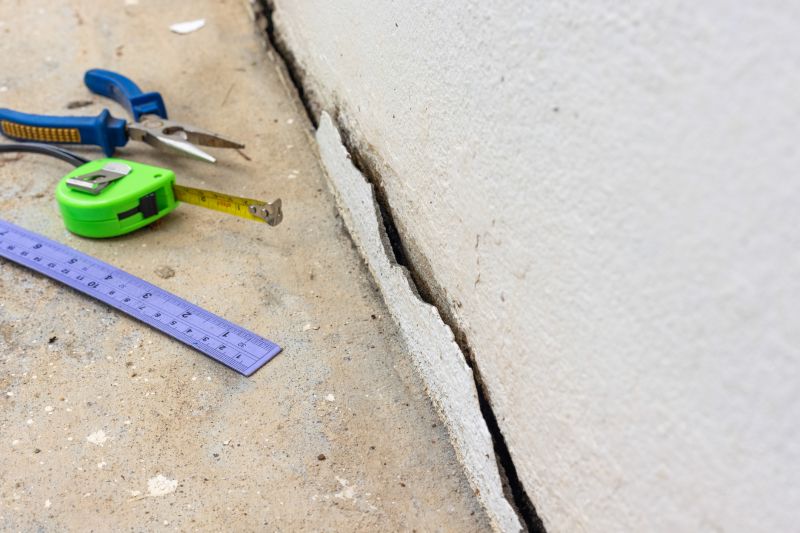
Ways to make Foundation Repairs work in tight or awkward layouts.
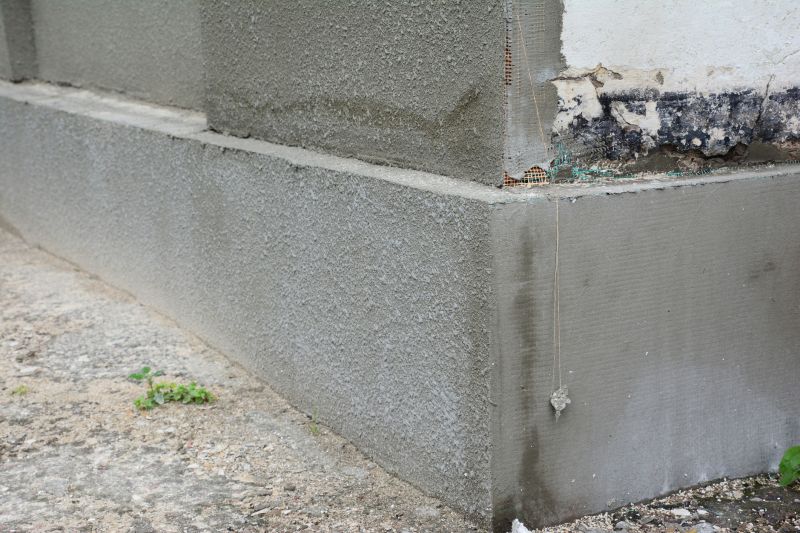
Ways to make Foundation Repairs work in tight or awkward layouts.
Timely foundation repairs can prevent further structural issues and costly future repairs. Recognizing signs such as visible cracks, uneven floors, or sticking doors can help determine when to schedule repairs. Consulting with a foundation specialist ensures repairs are performed at the most suitable time for the specific conditions of the property.
Cracks in walls or floors, uneven flooring, and sticking doors may indicate foundation problems requiring attention.
Addressing foundation issues early can prevent further structural damage and reduce repair costs over time.
A professional assessment can determine the best time for repairs based on current soil and weather conditions.
Interested property owners in Loveland, OH, are encouraged to contact for foundation repair assessments and scheduling. Proper timing and expert advice can ensure the longevity and stability of the structure.

